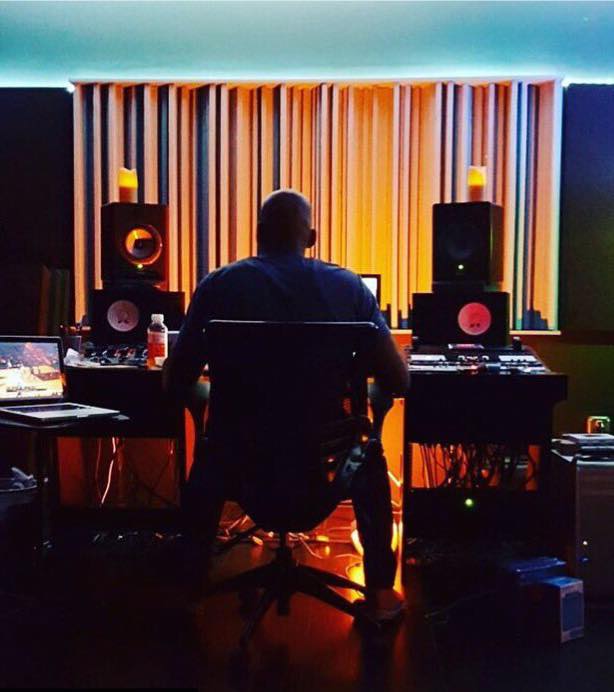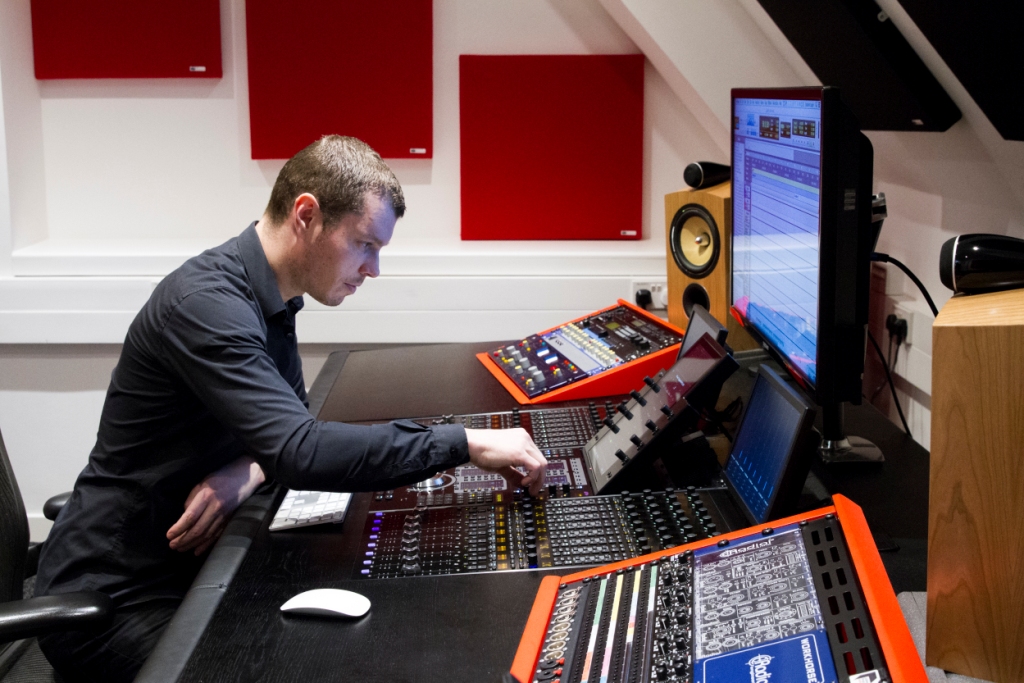by James Lindenschmidt
Can’t I Just Mix With Headphones?
Are all these expensive monitors and confusing acoustic treatments really necessary for audio engineers and producers? Why can’t I just mix on headphones?
The short answer is, of course you can. Go for it. Oh, and check back here when you’re done. We’ll see you in a few hours, after your ears are so fatigued you can barely see straight, much less make good mix decisions, and we can talk more tomorrow when you are frustrated because your mixes don’t sound quite right on other systems.
For a longer and hopefully more useful answer, read on….
How Many Hours?
After the snark in the previous paragraph, I have a confession to make. I’ve spent many, many, many hours mixing (or critical listening, whether it be actual mixing as opposed to mastering or editing) on headphones. And yes, I can certainly do it and be productive. So said snark above is a bit overblown. But the fact is: I don’t like working mostly on headphones, and I prefer to use speakers in an acoustically treated space whenever I have the option.
How come? There are lots of reasons.
First, and most importantly, the work I do using speakers in a treated room is superior to work I do on headphones. Mixes come out better, with more clarity, have better dynamics, and everything seems to “sit” better in the mix, in its own clearly discernible space in perfect relationship with other elements of the mix.

Second, I don’t get as much listener fatigue when listening to speakers in a well-treated room. While also related to the quality of my work mentioned above, it also means I can work longer and more efficiently listening to speakers than listening to headphones. Certainly this is important for professionals, since finishing work in a timely manner is important, but it also means amateurs mixing their own music can dive in more deeply to their productions, without second-guessing themselves or their music due to fatigue.
Headphone Listening is Different
We hear headphones differently than we hear speakers. With headphones, we are sending sound directly into our ear canals, with the transducers only a few inches from our eardrums, and no room interactions whatsoever. As such, headphones can sound more exciting, but the stereo imaging is quite different, usually more vivid compared to what we are used to hearing from speakers. For most of us, our first listening experience with a superior set of headphones is revelatory. We can hear detail in a way we’ve never heard before.
Listening to speakers is less abstract. We are never really listening to just the speakers; it’s always the speakers-in-a-room, which in some ways makes sound more realistic (if less accurate) because the sound includes the room reflections & cues we are used to hearing. The only time we ever have sound pumping directly into our ears without interaction with the listening environment is when we listen to headphones; it cannot happen in nature. You cannot separate the two; the room always impacts what we hear.

In the small rooms that most of us use, the imaging isn’t as vivid as what we can hear in headphones; at least in an untreated room. But here’s the thing: as soon as we implement some good treatment strategies we can start to hear things with the same level of detail – or more – than what we get with headphones. Absorbing early reflections on the side walls and ceiling and adding some good broadband bass trapping to the room’s corners results in a studio, a place, that sounds more natural and it’s not fatiguing. Unless our speakers are introducing some harshness, we can listen for hours with good speakers and proper acoustic treatment without fighting off the effects of listener fatigue.
Exacerbating the problem, many headphones – particularly inexpensive ones and tiny earbuds – are very harsh-sounding in the midrange, which is precisely where our ears are the most sensitive. Furthermore, some headphones are designed to NOT be accurate. Some of the more fashion-oriented headphones have greatly-exaggerated bass and treble, relative to the all-important midrange, making listener fatigue even worse by design in favor of sounds that are more exciting in the short term but not conducive to extended listening sessions. That said, some headphones do have accurate sound as a fundamental design parameter…. If you are doing audio production with headphones, please make sure your headphones are designed to be accurate.
Because Physics!
While headphones are still technically speakers, they are speakers designed for optimum sound at extremely low volumes. Rather than fill a room with sound, they only need to fill our ear canals. It’s really hard to make tiny transducers that will fit in headphones that have an even frequency response in the inch or two between the drivers and your eardrums.
I also consider the possibility of more hearing loss from headphones. We know humans can only take exposure to loud sounds for a certain period of time before damage begins to happen; but I can’t help but wonder if piping sound directly into our ear canals exacerbates the possibility of doing some damage. We know, for instance, that today’s teens have about 30% more hearing loss than teens had in the 80s and 90s, when earbuds and headphones weren’t as prevalent.
Music is Social
Besides, isn’t the whole point of music to bring people together? Performers and listeners, not to mention dancers? Headphones are isolating. We cut ourselves off from the world to experience the music individually. This is sort of the opposite of the point of music, isn’t it?
So What’s Good About Headphones?
Headphones can’t be all bad, can they? If they are, then why are they so popular? Let’s take a look at what headphones are really good at.
- Headphones allow you to listen without disturbing other people.
- Headphones – or at least good, accurate headphones – allow one to hear a reasonably flat frequency response without coloration by room acoustics.
- Headphones give a vivid soundstage, since there is no interference between the left & right channels.
Did you notice anything about the three things headphones are good at? They share a lot in common with the characteristics of a music studio. We soundproof studios so we can work without disturbing other people. We design our control rooms to have a flat frequency response, without excessive coloration from the room. And we employ Reflection-Free Zones at our listening positions to achieve a more vivid soundstage.
In other words, a studio is a place and headphones allow us to emulate that place using portable technologies. So while headphones are useful, they do not replace a set of great speakers in a beautifully treated listening environment. Proper room setup allows us to get all of the benefits of headphones but with better overall sound and less listener fatigue so we can make better recordings and improve our mixes – all while working faster with fewer problems and less frustration.
When In Doubt, Ask For Help
As always, we are happy to help you maximize the sonic potential of your room with our many years of experience and patented GIK Acoustic treatments. Contact us for free acoustical advice.





GIK Giveaway Viral Video Contest 2024
Room EQ Wizard TUTORIAL
How to set up and use REW In this video we show you how [...]
DIFFUSION Concepts Explained
How Acoustic Diffusers Work And Which One Is Right For You In this video [...]
Jan
The GIK Acoustic Advice
Get Your Room Sound Right For FREE! In this video we are giving a [...]
Jan
Designer Tips: The Significance of “Clouds” with Mike Major
When people reach out to us at GIK for acoustic advice, we never have any [...]
Jun
Designer Tips: The Importance of Coverage Area with James Lindenschmidt
The most important factor in acoustic treatment performance is coverage area. Or more specifically, the [...]
May
Designer Tips: Home Theaters and Acoustic Balance with John Dykstra
Without fail, one of the first things our clients say to us when we begin [...]
May
Summer Giveaway 2021 Vote
The GIK Acoustics Summer Giveaway Photo Contest 2021 invited customers to submit photos illustrating how [...]
Aug